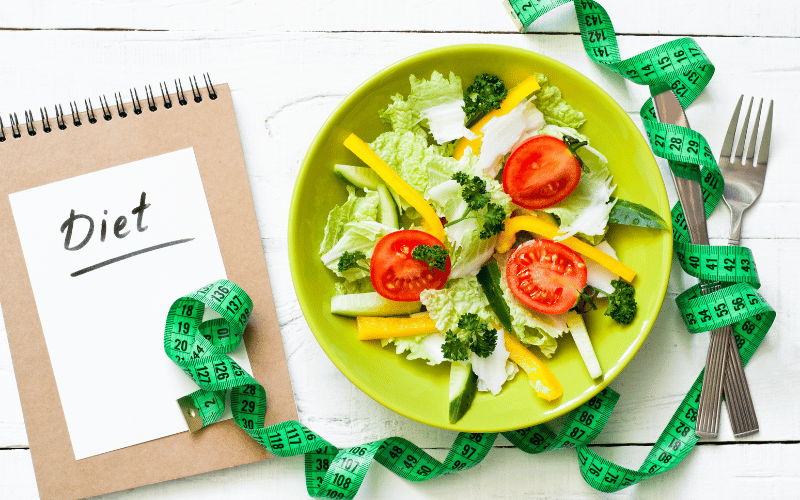Fact 9: Dietary Considerations

Diet plays a pivotal role in managing hemochromatosis. While medications and treatments directly address the iron overload, the food we consume can either exacerbate the problem or act as a supporting pillar in the management strategy. Understanding these nuances becomes crucial in charting out a dietary plan that complements the therapeutic efforts.
The first step is to be aware of foods high in iron. Red meats, certain beans, fortified cereals, and some green leafy vegetables are typically rich in iron. While it doesn’t mean completely eliminating them, moderation is key. It’s about striking a balance, ensuring that we don’t inadvertently add to the iron levels.
Vitamin C, usually hailed for its immunity-boosting properties, can enhance iron absorption. Thus, individuals with hemochromatosis need to be cautious. This doesn’t just mean limiting vitamin C rich foods like oranges or bell peppers, but also being wary of supplements that might elevate its levels.
Given the strain on the liver, alcohol consumption needs to be either severely limited or avoided. Alcohol can accelerate liver damage in those with hemochromatosis, pushing an already vulnerable organ further towards dysfunction.
Interestingly, certain foods can inhibit iron absorption. Calcium-rich foods, like dairy or certain greens, and foods high in tannins, like tea or coffee, can act as natural barriers, reducing the amount of iron that enters our bloodstream.
Dietary considerations for hemochromatosis aren’t just about restrictions; they’re about making informed choices. With the right knowledge, individuals can craft a diet that not only nourishes them but also actively supports their treatment, showcasing the therapeutic power of food. (9)